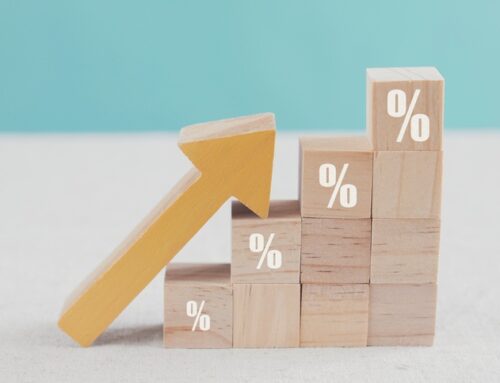Home » Finance News »
Investing 101: What are your Investment Options?
This article is an external press release originally published on the Landlord News website, which has now been migrated to the Just Landlords blog.

By Paul Mahoney, the Managing Director of Nova Financial
When it comes to investing, you have three broad options, which are: interest bearing investments, shares and property. Other investments, such as commodities and fine wine, etc. don’t generate an income and are, therefore, more of a speculation on their potential for an increase in value, rather than an investment in the true sense of the word.
Which one is right for you? Well, it very much depends.
Interest bearing investments
This type of investment includes cash in the bank, term deposits, ISAs, and any other types of investment where you invest your funds and receive a fixed or variable cash flow return without the chance of the capital value of your investment increasing or decreasing, other than with inflation. You can get your initial funds back at some point in the future with interest. In general, historical returns tend to be approximately 2-4% per annum.
Shares
When investing in shares, you are buying a portion of ownership in a company. There are many different ways to determine which companies you should invest in, such as fundamentals, qualitative, value, analysis or simply guessing and hoping for the best, and so on, which are outside the scope of this article, however, mostly it is based upon optimism with regards to the prospect of that company. Often, such companies will have a historical return that is made up of capital appreciation (or depreciation) and dividends, which is the yearly income provided through the share of profits. In general, historical returns tend to be approximately 6-8% per annum, but vary greatly across different sectors and types of companies.
Property
The direct purchase of real estate generally for the purpose of letting it out to generate an income and ideally an increase in the capital value. The old cliché of location, location, location is very important here and often determines the demand for a property, due to employment, facilities and amenities in an area. In the right locations, supply tends to be restricted due to land being a limited commodity and, therefore, if there is a strong demand, then prices tend to increase. Similar to shares, the return tends to 6-8% per annum, but the big differentiating factor with property is the ability for finance over the long-term at relatively low interest rates and that lenders have no ability to call in the loan until the end of the period.
Should you borrow to invest?
When it comes to making an investment, you must decide whether your investment will be solely cash or will you leverage your cash to make a larger investment. Taking debt to invest can be higher risk, but not taking debt can put you at risk of not meeting your goals and under-utilising your money. Unfortunately, most people struggle to save sufficient funds over their working life to be sufficient to provide for retirement, so the prudent use of investment debt is in many cases essential to reach set goals.
If investing in interest bearing investments, then, in most cases, borrowing doesn’t make any sense. This is because the cost of borrowing will outweigh the return and hence defeat the purpose.
When investing in shares, you can borrow to invest with what is called a margin loan. Margin loans work on the basis that your lending can only be a certain percentage of your portfolio value. The risk here is, if the value of your shares falls and, therefore, the loan percentage increases, then you can be forced to sell at the worst time or add more money in a falling market. Interest rates tend to be high (6%+ at the time of writing) and maximum loan-to-values of 60%. So, borrowing to invest in shares is high risk and high cost, meaning the return you need to generate must be higher to make it worthwhile.
Property is the third option, which enables you to borrow at low interest rates (2-3% at the time of writing) for the long-term – 20 years+ – with no ability for recall and at loan-to-value rates of 75%+. So, low risk, low cost and, hence, an average return on the overall asset value can actually result in a great return on the cash invested, given the multiplying factors that debt provides. E.g. £25,000 invested in a £100,000 property; just a 5% increase in value, which is less than the historical average, is a 20% return on your £25,000 of £5,000. Assuming your rental yield is sufficiently higher than the interest rate and costs, then you can also add net income. This is the beauty of leveraged property – fairly average returns on the overall value result in great returns on your cash applied. Add to this the ability to remortgage to invest further when you build equity through price growth and pay down debt with the income, and you have a strong strategy for building an investable asset base over the long-term.
If you have any questions or would like to determine how Nova Financial can be of assistance, please call 0203 8000 600, visit www.nova.financial or email; info@nova.financial.



